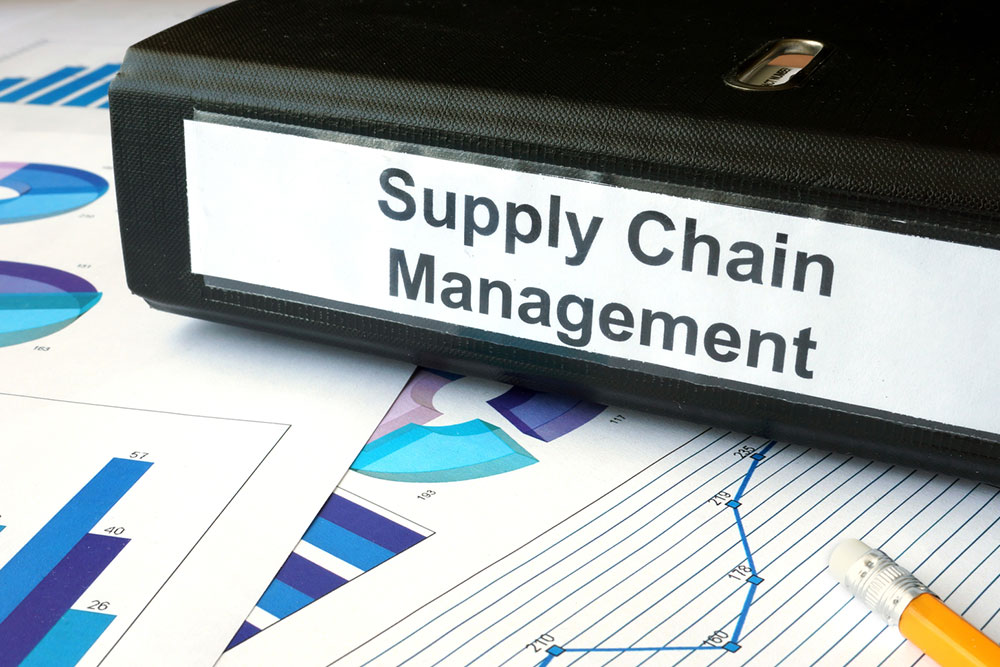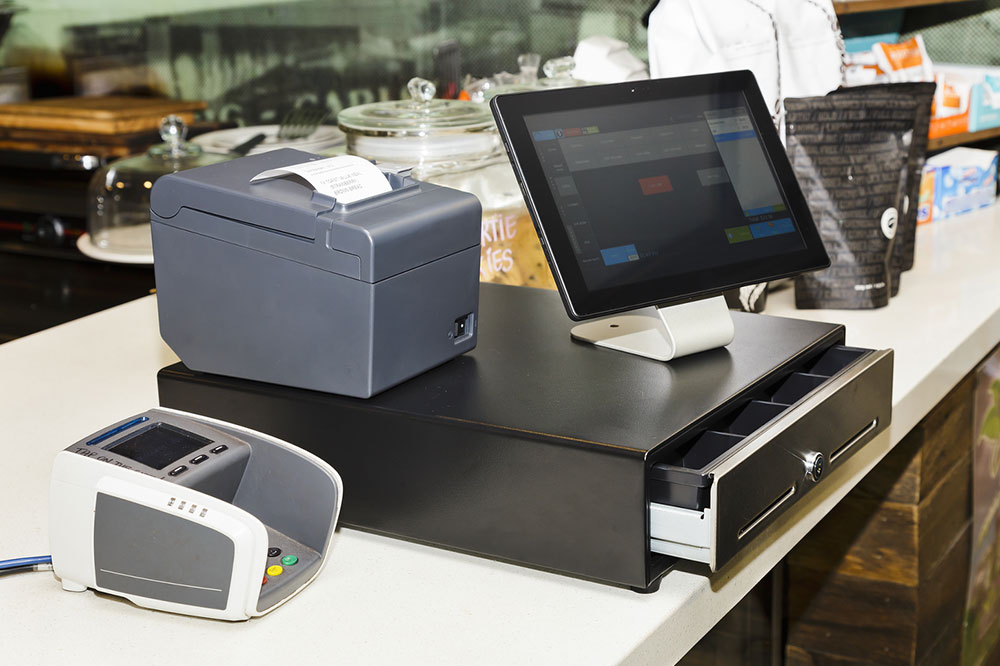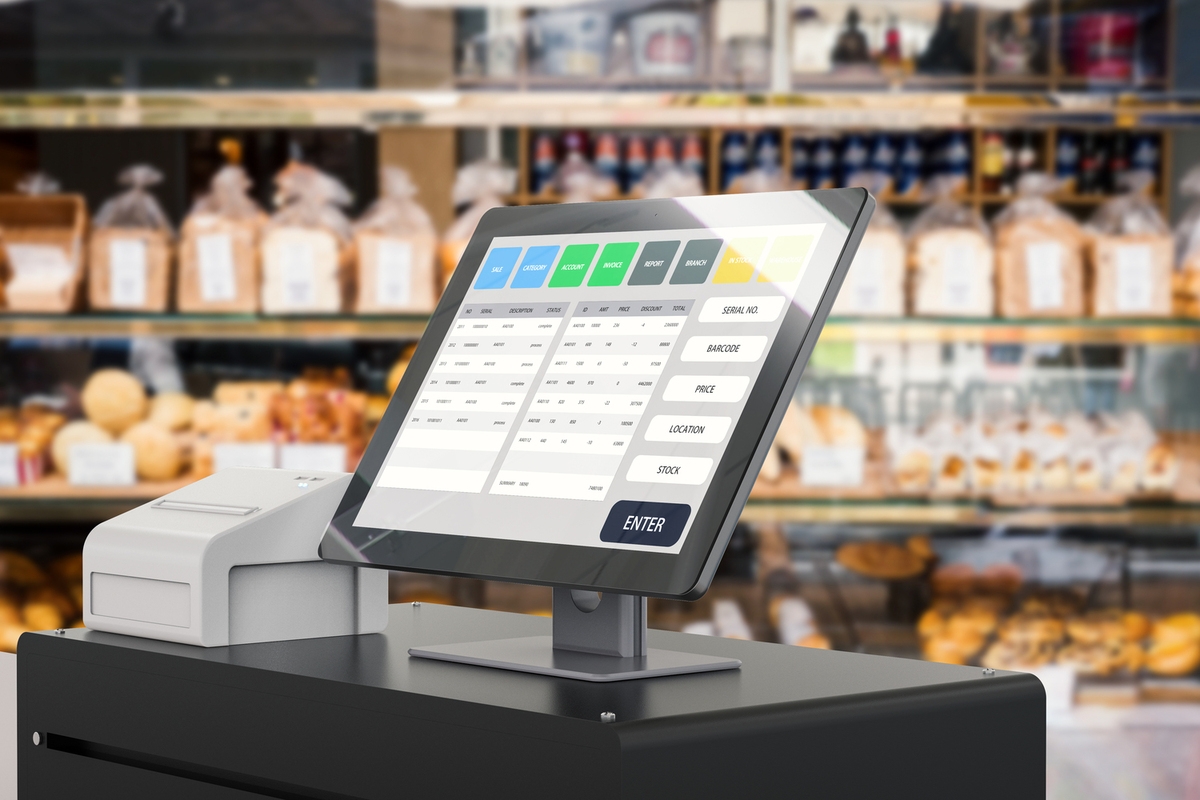Comprehensive Guide to Order Management Solutions: Features, Benefits, and Choosing the Right System
This article provides an in-depth exploration of essential order management software features, benefits, and tips for selecting the right system. It covers automation, shipping optimization, data analytics, integrations, and returns management, helping businesses streamline operations and improve customer satisfaction. The guide also includes insights on costs, scalability, and top solutions like ShipStation and NetSuite, making it an invaluable resource for retailers aiming to enhance their order processing efficiency.

In-Depth Overview of Essential Order Management Software: Features and Selection Strategies
In recent years, the exponential growth of online shopping has fundamentally transformed the landscape of retail and distribution. As consumer expectations for faster deliveries and seamless shopping experiences intensify, businesses are increasingly recognizing the importance of efficient order processing and inventory management. To meet these demands, many companies are adopting sophisticated order management systems (OMS) that automate and streamline critical logistics functions.
Order management software plays a crucial role in modern commerce by integrating various operations—from receiving customer orders to processing payments, managing inventory, shipping, and handling returns. These systems significantly reduce manual workload, minimize human errors, and enhance overall operational accuracy, ultimately leading to improved customer satisfaction and increased profitability.
In this comprehensive guide, we explore the fundamental features of effective order management software, provide insights into choosing the best system for your business, and highlight leading solutions tailored for different scales and industries.
Core Features of Effective Order Management Software
Understanding the essential features of order management systems is key to selecting a solution that aligns with your business needs. Below are the core functionalities that top-tier OMS should offer:
Order Automation
Automated order processing is the backbone of modern OMS. Once a customer places an order through your online store or sales channel, the software instantly verifies product availability, confirms inventory levels, and initiates the fulfillment process. This automation not only accelerates order handling but also reduces the risk of errors associated with manual data entry.
Optimized Shipping and Logistics
Efficient shipping management involves comparing rates across various carriers, generating accurate shipping labels, creating optimal delivery routes, and tracking shipments in real-time. Advanced systems automatically update customers with tracking information, reducing inquiries and enhancing transparency throughout the delivery process.
Operational Data and Analytics
Comprehensive data reporting provides valuable insights into order trends, shipping times, inventory fluctuations, and customer behaviors. These analytics inform strategic decisions, helping businesses optimize stock levels, forecast demand, and identify bottlenecks in operations.
Seamless Integration with E-commerce and ERP Platforms
Top OMS solutions easily connect with existing e-commerce platforms such as Shopify, WooCommerce, or Magento, as well as Customer Relationship Management (CRM) and Enterprise Resource Planning (ERP) systems. Integration ensures a unified management experience, reduces duplication, and improves data accuracy across all business functions.
Returns Management and Customer Service
Efficient handling of returns, exchanges, and customer inquiries is essential for maintaining high satisfaction levels. Integrated returns processing modules automate notifications, track return statuses, and facilitate refunds or replacements seamlessly.
Choosing the appropriate order management software requires a clear understanding of your business's unique requirements. Start by evaluating your product catalog, order volume, and delivery expectations. For instance, high-volume retailers or supply chain-heavy businesses may need more advanced features and higher scalability than small e-commerce startups.
Budget considerations are vital. The costs associated with OMS can vary significantly based on features, licensing models, and support options, typically ranging from around $200 to over $700 per month for small to medium-sized enterprises. Larger enterprises opting for comprehensive ERP-integrated solutions like NetSuite or Bolt may invest significantly more for enterprise-grade capabilities.
It's crucial to ensure that the selected software can handle your current order process and is adaptable to future growth. Scalability allows your system to evolve with your business, incorporating new channels, expanding product ranges, and supporting increased order volumes without significant disruptions.
Before committing, take advantage of demos, free trials, or pilot programs offered by leading providers such as ShipStation, Fishbowl, ShipMonk, NetSuite, and Bolt. Testing these solutions in real-world scenarios can reveal usability issues, compatibility concerns, and the overall fit for your operational workflow.
To summarize, an effective order management system is a strategic investment that can transform your business operations by enhancing efficiency, accuracy, and customer satisfaction. Carefully assessing your needs and exploring various options ensures you select a solution that drives growth and meets your specific logistical challenges.
In conclusion, implementing the right OMS not only streamlines your order fulfillment process but also strengthens your competitive advantage in the rapidly evolving e-commerce landscape. A well-chosen system empowers your business to deliver exceptional customer experiences while optimizing internal workflows, ultimately paving the way for sustained success.





